Gothic cathedrals are not the religious building of the ancient Goths, but rather cathedrals built in the Gothic architecture. Just as Vandalism doesn’t have anything to do with the Vandals, Gothic architecture has nothing to do with the Goths. It’s a style of architecture that developed in France out of the Romanesque style in the 12th century and was simply known as the “French Style”. Gothic architecture spread to all of Western Europe and continued to evolve until well into the 16th century, before being subsumed into Renaissance art. Only then it was called “Gothic”, and not in a positive way as the Goths were considered rude and barbaric.
The Gothic style emphasizes verticality and light. This appearance was achieved by the development of certain architectural features such as the clustered columns, ribbed vaults and flying buttresses. Although the architecture is used in many castles, palaces and town halls it is the magnificent Cathedrals of Europe that really demonstrate the beauty of Gothic architecture.
10St Stephen's Cathedral
St Stephen’s Cathedral (Stephansdom), situated at the heart of Vienna, has survived many wars and is now a symbol of the city’s freedom. The Gothic cathedral stands on the ruins of two earlier churches and was largely initiated by Rudolf IV, Duke of Austria, in the 14th century. Its most recognizable characteristic, the diamond-patterned tile roof, was only added in 1952.
9Burgos Cathedral
The Burgos Cathedral is a medieval cathedral in Burgos, dedicated to the Virgin Mary. It is famous for its vast size and unique Gothic architecture. Construction of Burgos Cathedral began in 1221, and after a lengthy hiatus of almost 2 centuries, was completed in 1567. In 1919 the cathedral became the burial place of Rodrigo Díaz de Vivar (“El Cid”), and his wife Doña Jimena.
8Reims Cathedral
Reims Cathedral was the church in which numerous French monarchs were officially crowned. It was built on the site of the basilica where Clovis was baptized by Saint Remi, bishop of Reims, in AD 496. The cathedral was completed by the end of the 13th century, with the west front added in the 14th century.
7Milan Cathedral
An exceptionally large and elaborate Gothic cathedral on the main square of Milan, the Duomo di Milano is one of the most famous buildings in Europe. It is one of the largest Gothic cathedrals in the world. Construction began in 1386 under Archbishop Antonio da Saluzzo in a Late Gothic style more typically French than Italian. It took five centuries to complete the famous cathedral.
6Seville Cathedral
Built on the site of a grand Almohad Mosque, Seville‘s medieval cathedral was built to demonstrate Seville’s power and wealth after the Reconquista. At the time of its completion in the 16th century, it supplanted the Hagia Sophia as the largest cathedral in the world. It is still the largest Gothic cathedral and the third-largest church in the world. The builders used some columns and elements from the mosque, most famously the Giralda, a minaret converted into a bell tower.
5York Minster
One of the two largest Gothic cathedrals in northern Europe (alongside Cologne Cathedral in Germany), York Minster dominates the skyline of the ancient city of York. York Minster incorporates all the major stages of Gothic architectural development in England. The present building was begun in about 1230 and completed in 1472. The “Great East Window” inside the cathedral is the largest expanse of medieval stained glass in the world.
4Notre Dame de Paris
Notre Dame de Paris is a beautiful Catholic cathedral in the fourth arrondissement of Paris. Begun in 1163 it was essentially complete by around 1345. One of the most famous French Gothic cathedrals, the Notre Dame a great example of French Gothic architecture, sculpture and stained glass. During the French Revolution in the 1790s, much of its sculptures and treasures were damaged or destroyed. Napoleon Bonaparte was crowned Emperor here on December 2, 1804.
3Cologne Cathedral
Easily the greatest Gothic cathedral in Germany, Cologne Cathedral (Kölner Dom) has been Cologne‘s most famous landmark for centuries. Once the tallest building in the world, it still has the largest facade anywhere. The famous cathedral stands on the site of a 4th century Roman temple, followed by a church commissioned by Maternus, the first Christian bishop of Cologne. Construction of the present Gothic church began in 1248 and took, with interruptions, more than 600 years to complete. It is dedicated to the saints Peter and Mary and is the seat of the Catholic Archbishop of Cologne.
2Santa Maria del Fiore
Begun in 1296 in the Gothic style and completed in 1436, The Basilica di Santa Maria del Fiore is Florence’s beautiful cathedral and symbol of the city. The exterior of the basilica is faced with polychrome marble panels in various shades of green and pink bordered by white. The basilica is one of Italy’s largest churches, and until the modern era, the dome was the largest in the world. It remains the largest brick dome ever constructed.
1Chartres Cathedral
The Chartres Cathedral is located in of Chartres, a town near Paris that seems too small to fit the Cathedral. Not only is Chartres Cathedral one of the finest examples of the French High Gothic style, it is almost perfectly preserved. The majority of the original stained glass windows survive intact, while the architecture has seen only minor changes since the early 13th century.
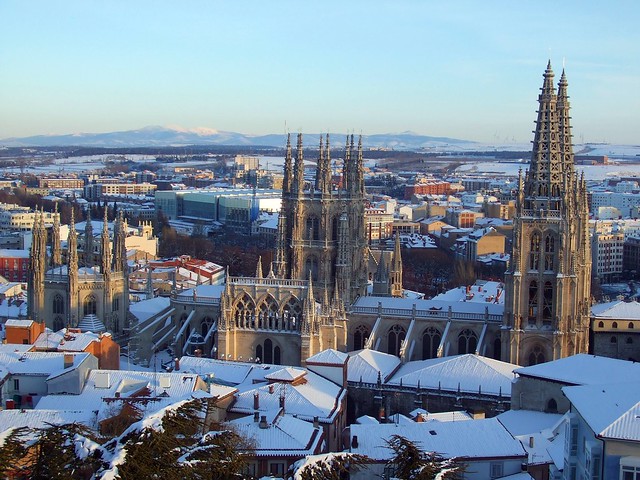

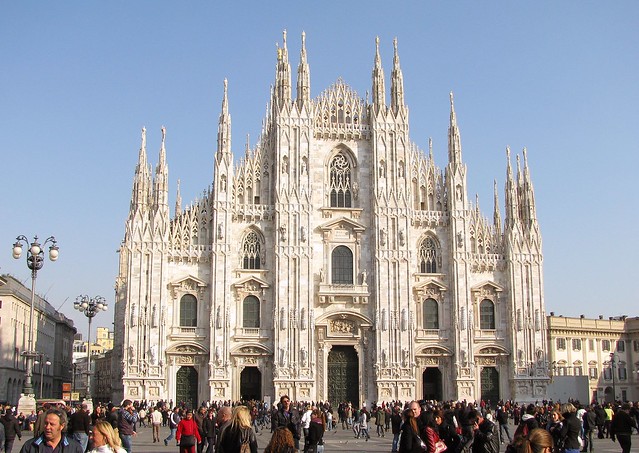
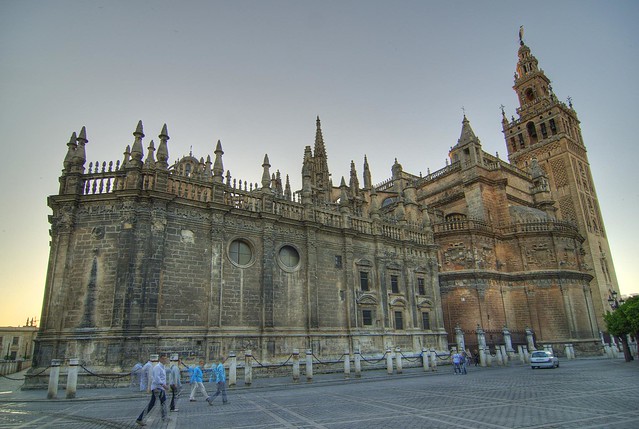
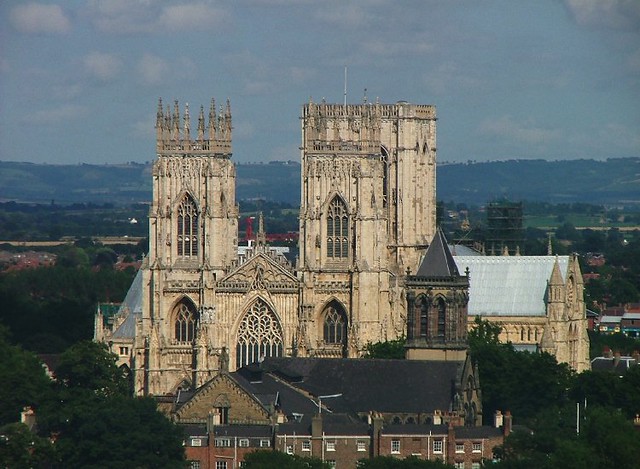
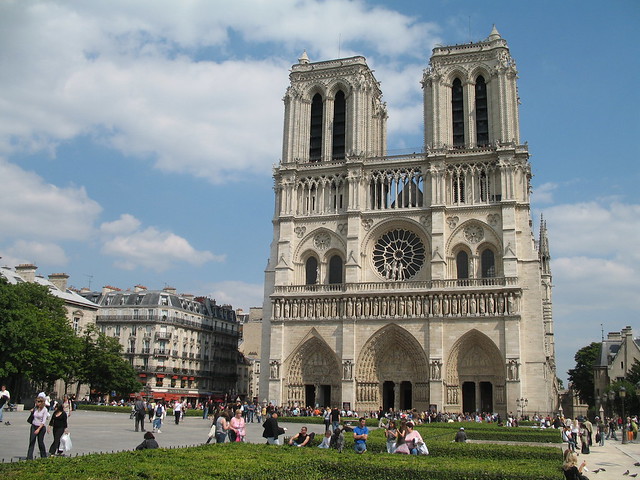

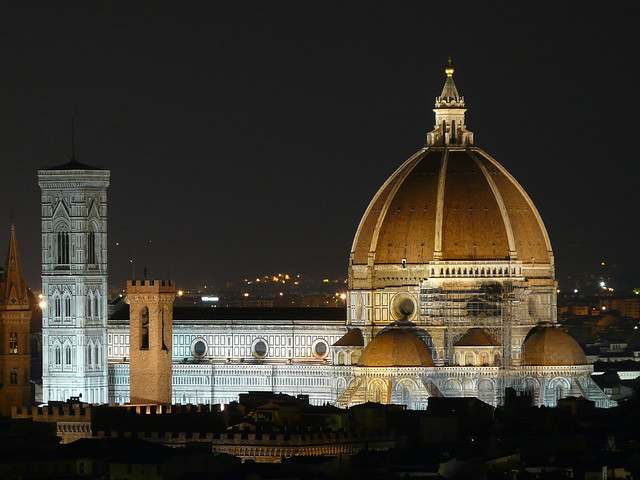
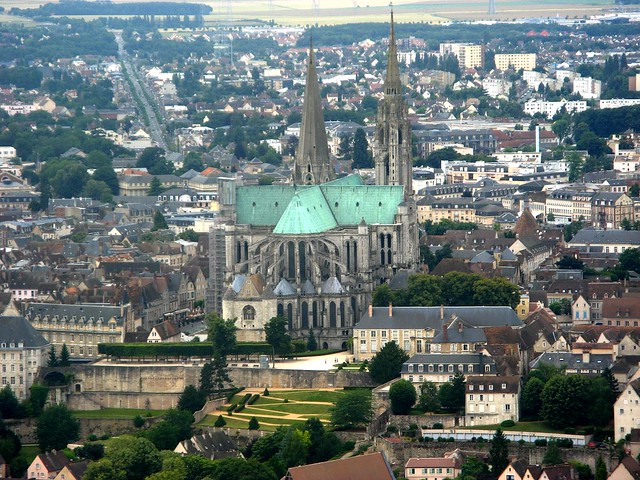

No comments:
Post a Comment